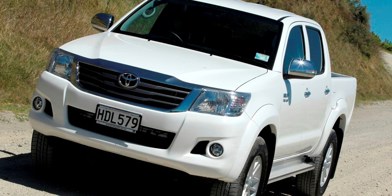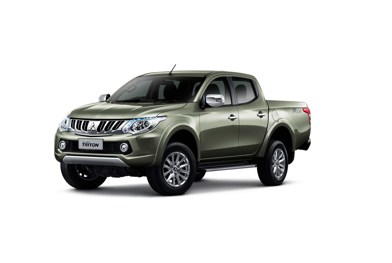At last month’s Ford media drive day in Detroit, a grey box sat in the corner, largely untouched and obviously unloved, as the Mustang Mach-E GTs and Bronco Raptors rolled back and forth on the journalist drive route.
In fact, our brace of Kiwi journalists were the only ones to rescue the e-Transit from its corner space and hit the road. The bloke on the gate checking the vehicles in and out was clearly impressed: “You’re the first ones to drive this!”
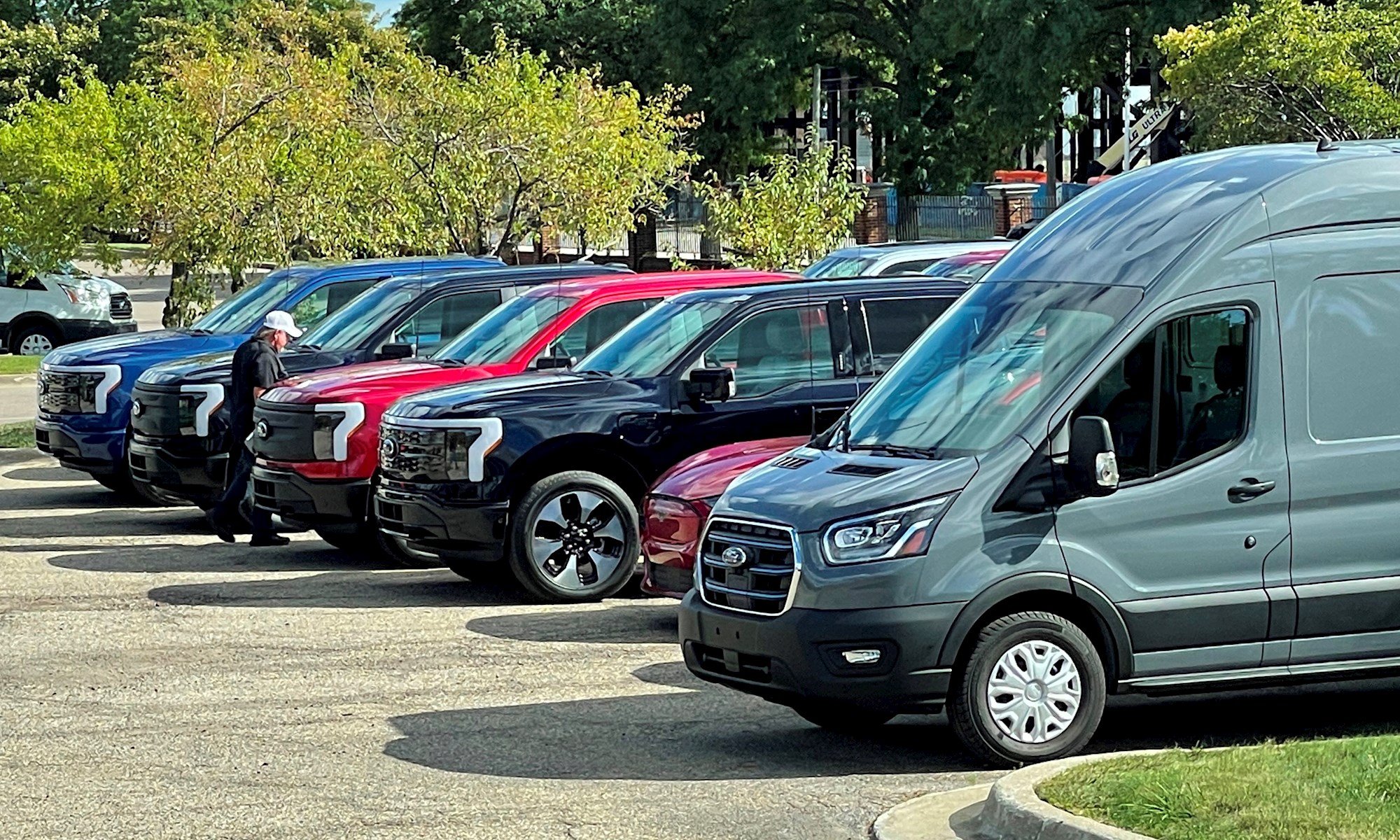
Given it was late-afternoon, safe to assume the only ones as well. Yes readers, we keep it real.
We weren’t just being perverse. The e-Transit is a key player in Ford’s global battery electric vehicle (BEV) plans, not to mention the first BEV that will be sold by Ford New Zealand, ahead of the Mustang Mach-E.
Ford is clear that it sees future BEV success hinging on simplicity: a relatively small lineup, at relatively high volume, to keep costs down and quality high.
Ford’s plan to build 600,000 BEVs per year by the end of 2023 is underpinned by just four models, and only two are passenger cars: the Mustang Mach-E (270,000) and an as-yet unseen new SUV for Europe, based on the Volkswagen ID.4 (30,000).
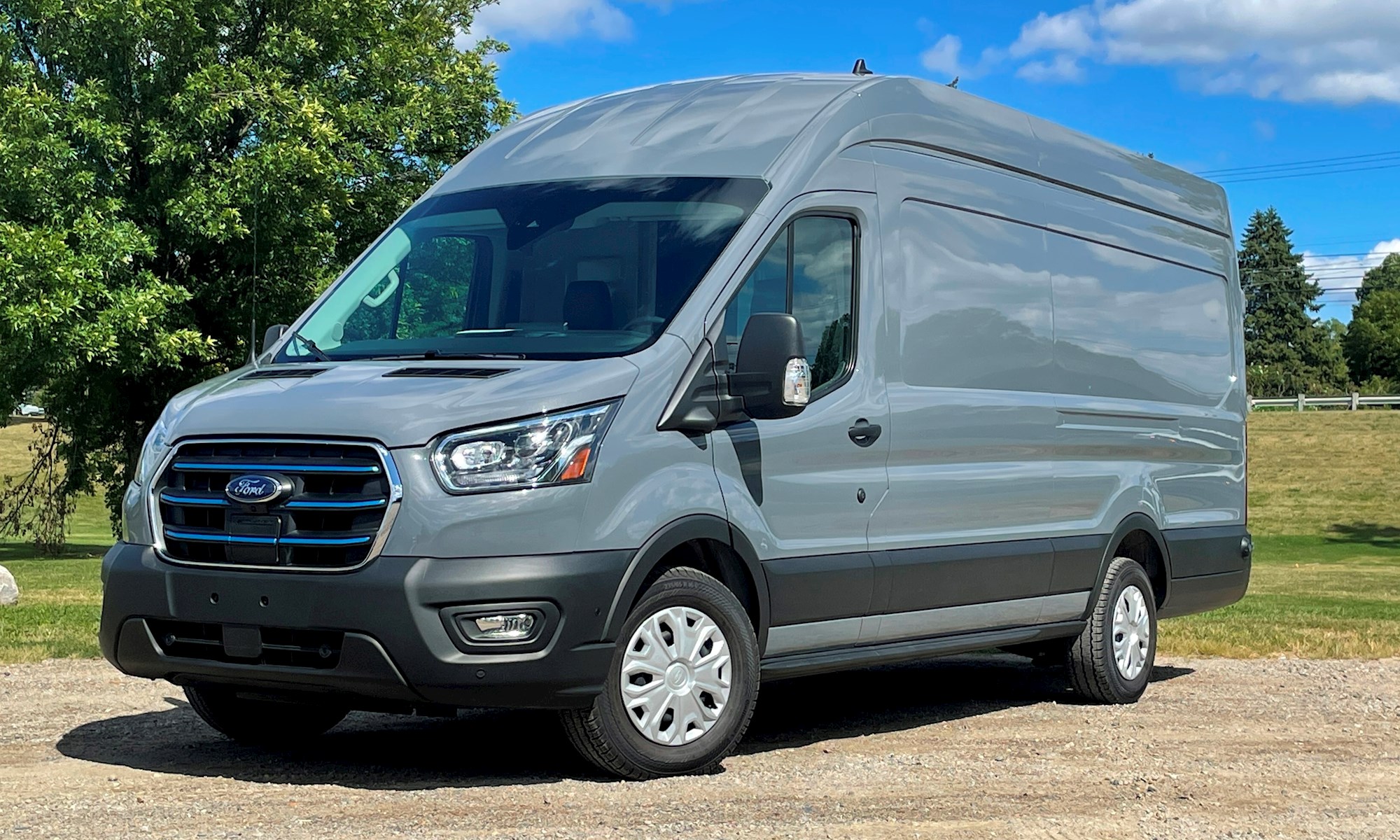
Half of that 600k will be made up of two commercials: e-Transit and F-150 Lightning, accounting for 150,000 each. Given the plug-in F-150 is US-only for now, that makes the e-Transit a really big deal.
We can’t give you final pricing or specification for New Zealand, because the e-Transit is not quite here yet (but it’s imminent). We do know it has a 68kWh battery that’s good for 317km, 198kW/430Nm (73kW/40Nm more than the diesel) and rear-drive. It offers the same 12.4 cubic metres of loadspace as the diesel, a “targeted” payload of 1616kg and gross vehicle mass of 4.2 tonnes.
This is the full-size Transit; there’s an all-new Transit Custom coming in late-2023 (on a shared platform with the next VW Transporter) and that’ll come in an e-version too.
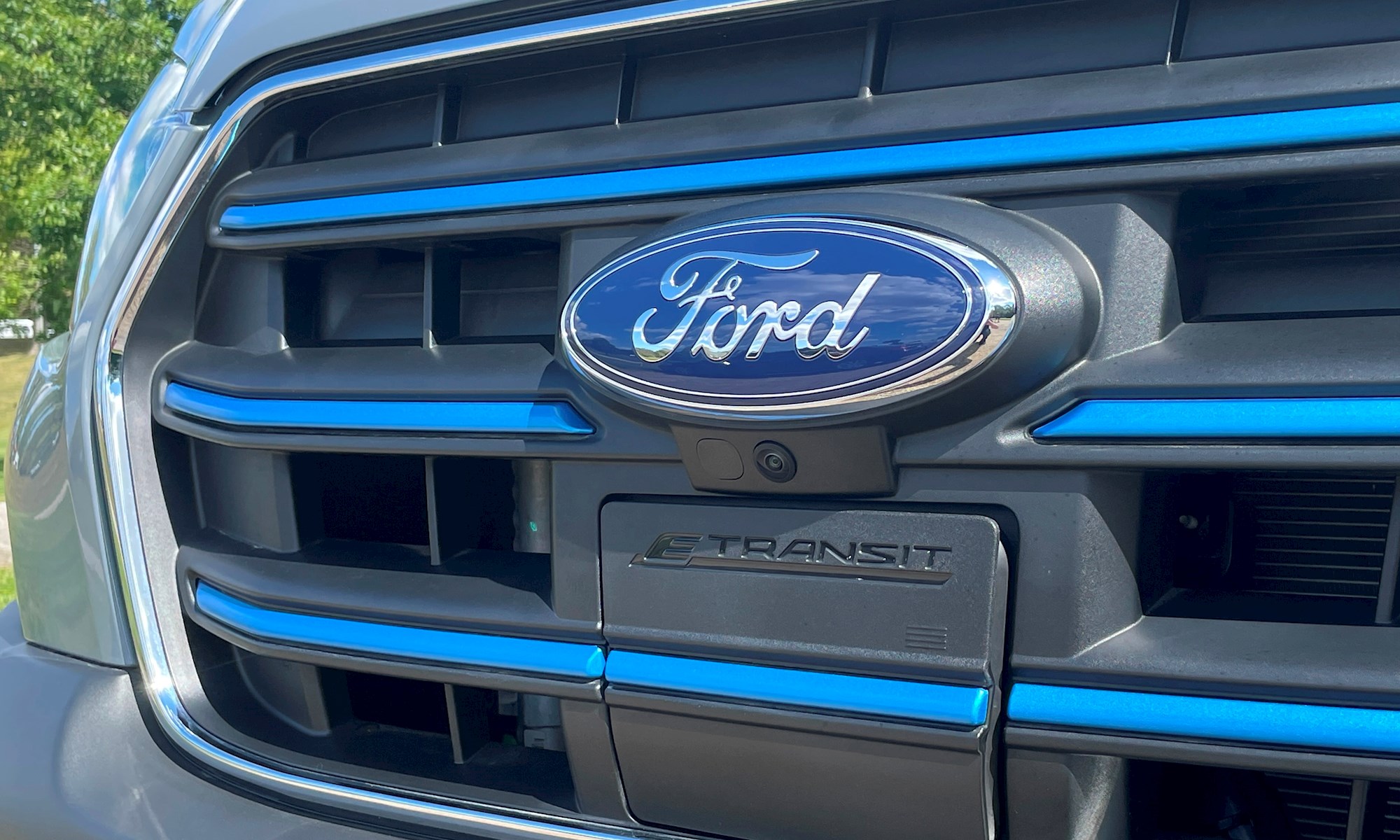
But even this biggie is a pretty sweet drive, if you like piloting vans (we really, really do). It’s not in the least bit quick, but incredibly smooth and even better planted on the road than the diesel version, because the centre of gravity is lower. It might not be the ideal Transit for long-distance cargo-carrying (although it can recharge at up to 115kW), but for big-volume daily work where you might give it a quick plug-in at the depot during lunch, it seems brilliant.
What price pure-electric power for NZ remains to be seen. The current Transit diesel van ranges from $68,990-$77,990.
We cannot leave this plug-in-commercial chat without mentioning the F-150 Lightning. Yes, we did drive it and yes, it’s a work of genius. Oh and no, it’s not a starter for NZ, despite a right-hand drive “remanufacturing” programme that’s under way for the regular F-150 in Australia – a partnership between Ford and Thai engineering company RMA, allowing the brand to compete with right-hook Ram and Chevrolet trucks.
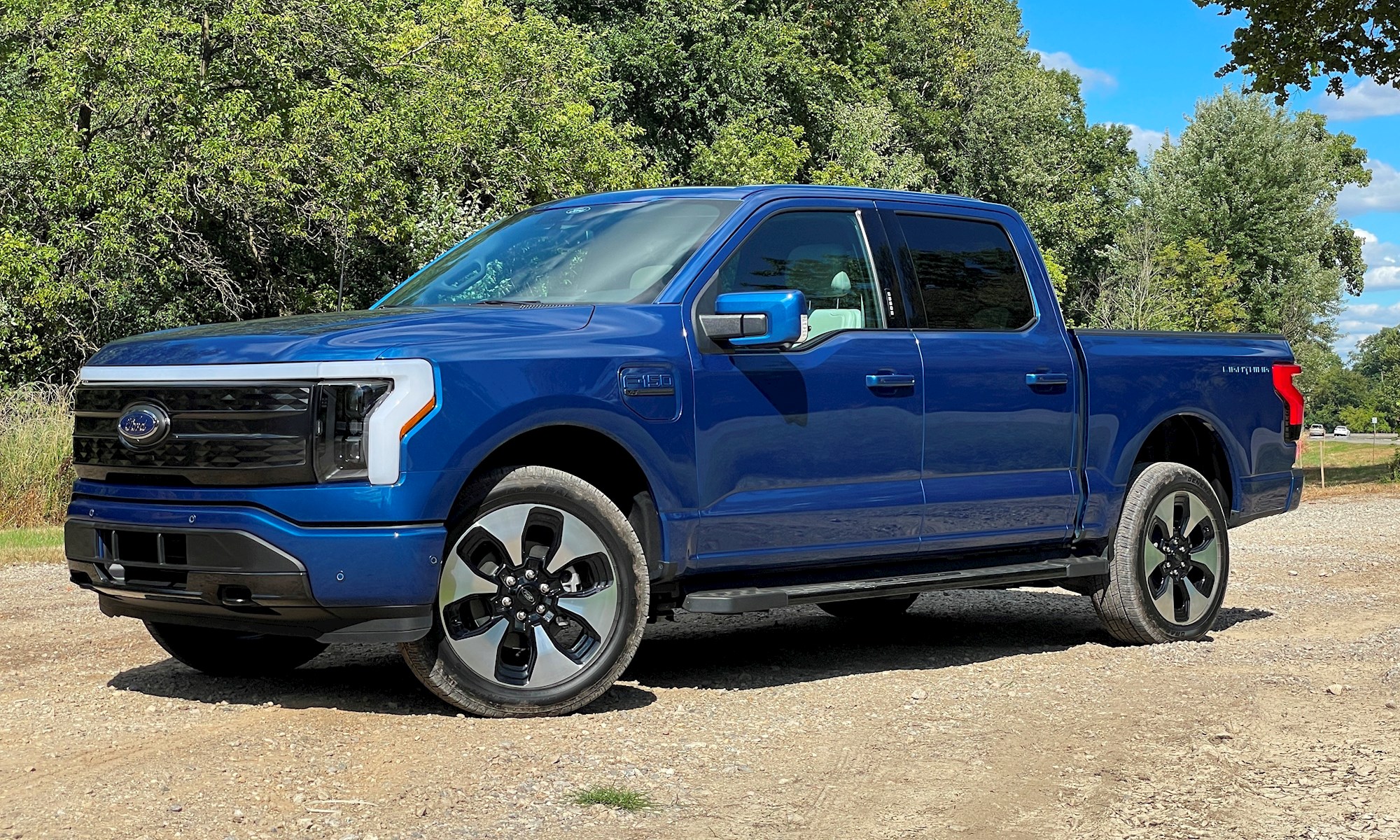
For a start, the F-150 isn’t on Ford NZ’s radar right now; enormous petrol-powered pickups don’t help with the looming Clean Car Standard. The zero-emissions Lightning presumably would be, but with build limited to 30,000 units this year at the Rouge Electric Vehicle Center in Detroit (see gallery below for a look inside) and an eager queue for the proposed 150,000 to be built next year, it’s safe to say any work on bringing the plug-in model to Australasia is a long way off.
There’s much more flexibility/availability with the ICE F-150s: Ford made well over 700,000 of them last year.
So this is nothing more a tease, really. But the Lightning is a truly cool BEV. Ford has really set about winning over traditional pickup buyers with this vehicle, which looks quite similar to the standard F-150 (the light bars front and rear are the most obvious styling differentiators) and boasts a range of up to 515km, with 0-100km/h in the four second bracket.
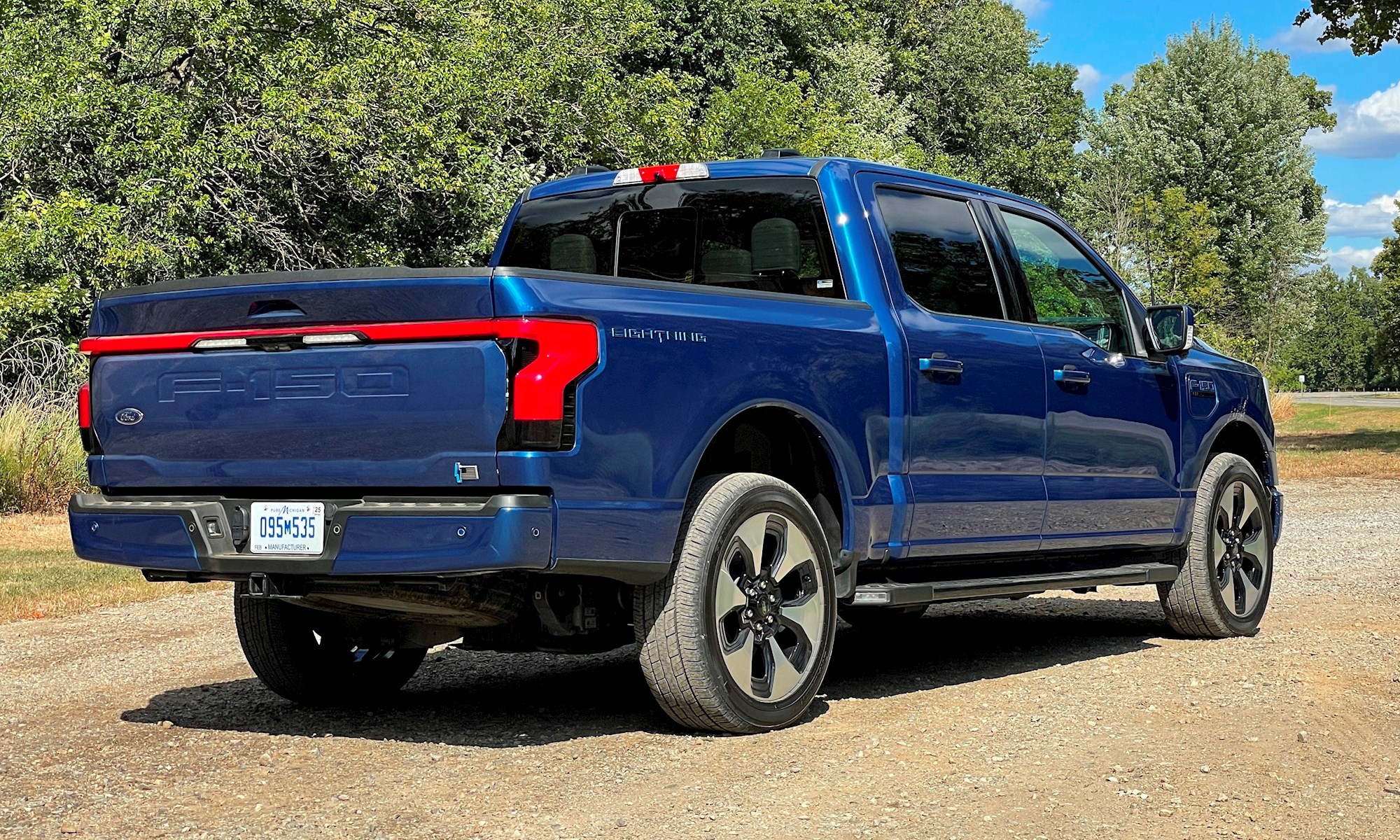
It’s quick, quiet and composed. American media have praised the ride/handling of the Lightning compared with the “gas” version (again, a lower centre of gravity plus more sophisticated rear suspension) and it’ll tow up to 4.5 tonnes with the long-range 131kW battery as driven here, which delivers 420kW/1050Nm from its dual motors (the standard pack is 98kWh, same as the Mustang Mach-E). Yes, towing does have a drastic effect on range; but for shorter-haul work, the Lightning definitely has the grunt to do it.
The cabin is comically large to those of us used to Rangers, and of course there’s the obligatory BEV portrait infotainment screen (15.5in); as with Mustang Mach-E, the OS is beautifully intuitive and the graphics crisp.
There are other touches of practical genius: in Park, the traditional gearlever can be powered flat at the touch of a button, which liberates a flat surface for a fold-out table/work surface.
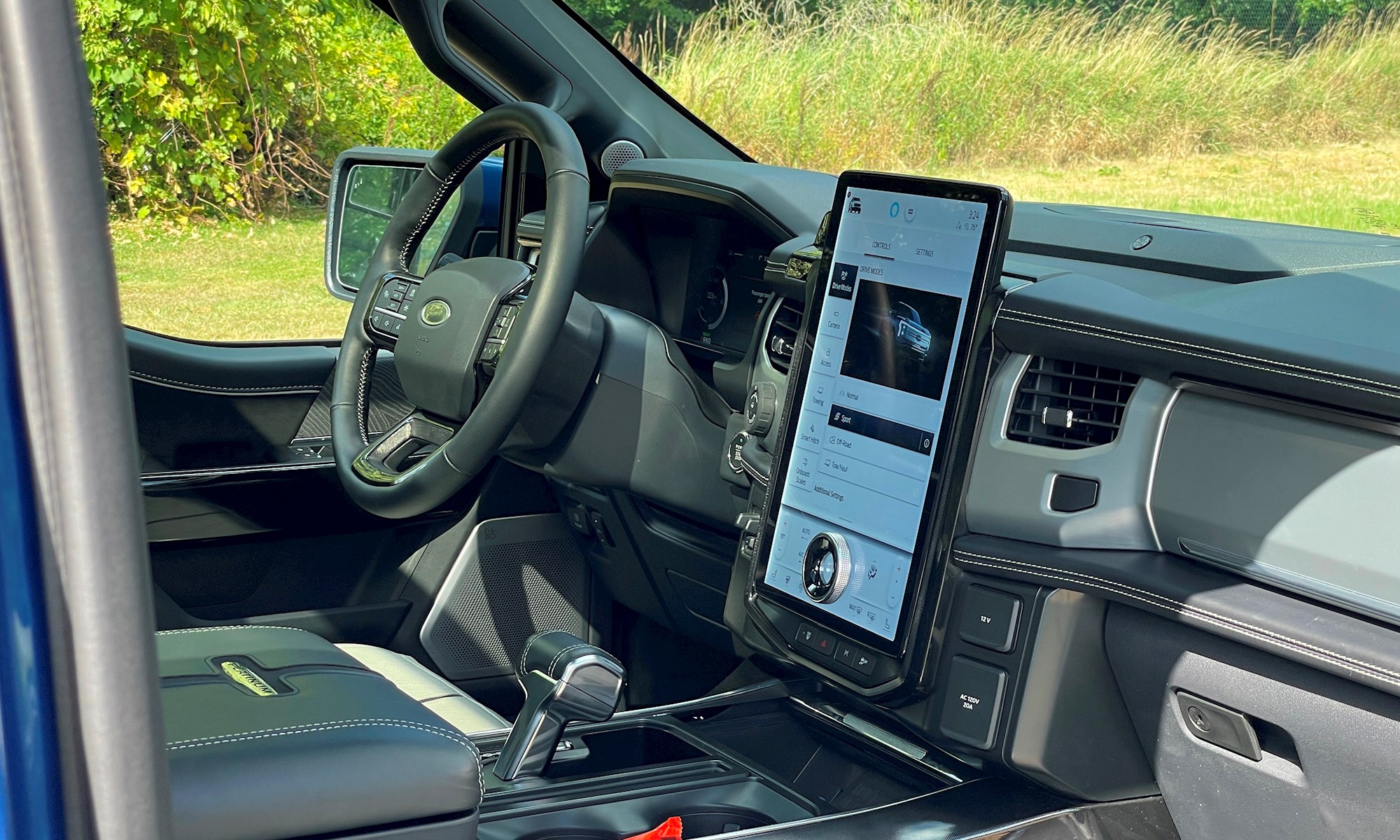
But of course, the crowning glory of the F-150 Lightning is the Mega Power Frunk, which has been a huge hit with owners, according to Ford. The absence of the ICE engine means there’s a huge 400-litre space under the bonnet, which is fully lined and offers a variety of power outlets, including four 120-volt plugs and two USB ports (A and C). There’s durable rubber trim and even a drainhole.
So it’s the perfect work/party space and gives the Lightning something the standard F-150 doesn’t offer: a secure, lockable bootspace. It’s also large enough to sit in…





















